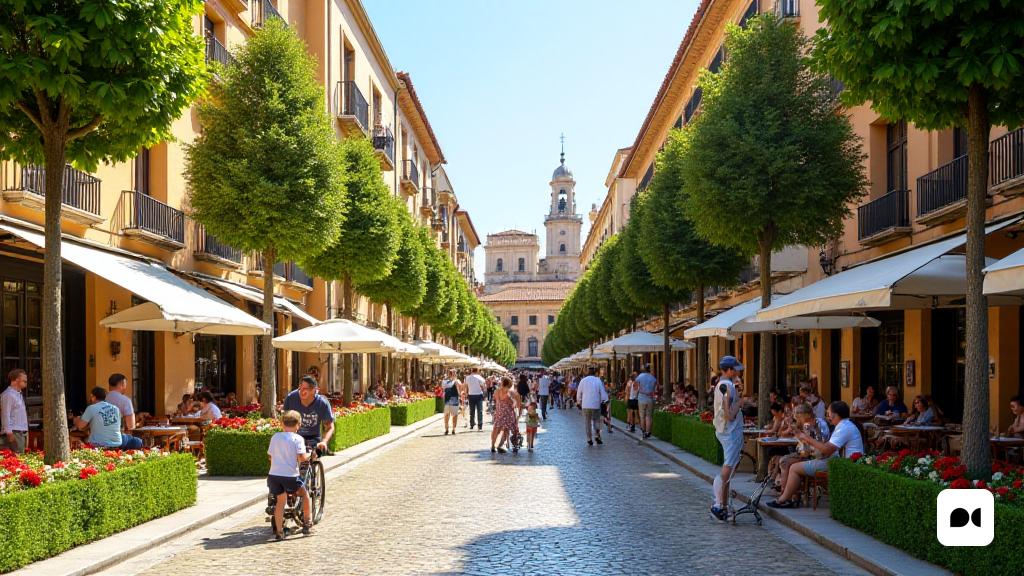A new chapter for Cuba Island Street
This Wednesday, the section on Isla de Cuba street between Jesus and Sant Isidre has begun a new stage as an exclusive pedestrian area, banning vehicles access. This measure responds to a paradigm shift in urban mobility, since for years it only allowed the traffic of goods vehicles, while the motorcycle parking had occupied much of this space.
An ambitious mobility plan
The decision to establish this pedestrian island is part of the recently approved Mobility Plan, which seeks to reduce the presence of vehicles in the central areas. This tendency of traffic pacification is spreading in several cities around the world, both in large metropolis and in small nuclei with a rich historical heritage.
The story of the vialization in Sitges
Sitges, in fact, will celebrate next year four decades of his first food experience, which took place at the end of Parellades Street and the Marquis de Mont-roig. This action marked the beginning of a gradual process that has transformed the center of the town, prioritizing the use of pedestrians above the road traffic.
The future of access to the town
Although there are still old streets that allow the passage of vehicles, the trend is directed to its complete removal. The City Council recently banned parking on Calle de la Palma, a decision that was driven by a fire that showed the difficulty of accessing emergency services. This measure, although late, is essential for citizen security.
The impact on motorcycle users
The council also eliminated the motorcycle car park on Prado Street, and now, with the new rule on the island of Cuba, it seeks to do the same. The transformation of this space, which until now was occupied by motorcycles, will be used for pedestrians, and is expected to contribute to the attractiveness of the bars and restaurants in the area, a necessity in a town as touristy as Sitges.
Divided opinions on change
However, not all neighbors and users have been satisfied with this new regulation. Some motorcyclists have expressed their concerns, arguing that leaving their vehicles in the station gardens could present additional risks. These concerns are legitimate, and the City Council should consider measures such as improvements in the lighting and installation of security cameras to ensure the safety of vehicles.
A Step Towards Sustainable Mobility
The transformation of the island of Cuba represents a significant step towards a more sustainable and friendly mobility with pedestrians. Creating spaces that prioritize people not only improves the quality of life in the town, but also promotes a more welcoming atmosphere for visitors and residents.

